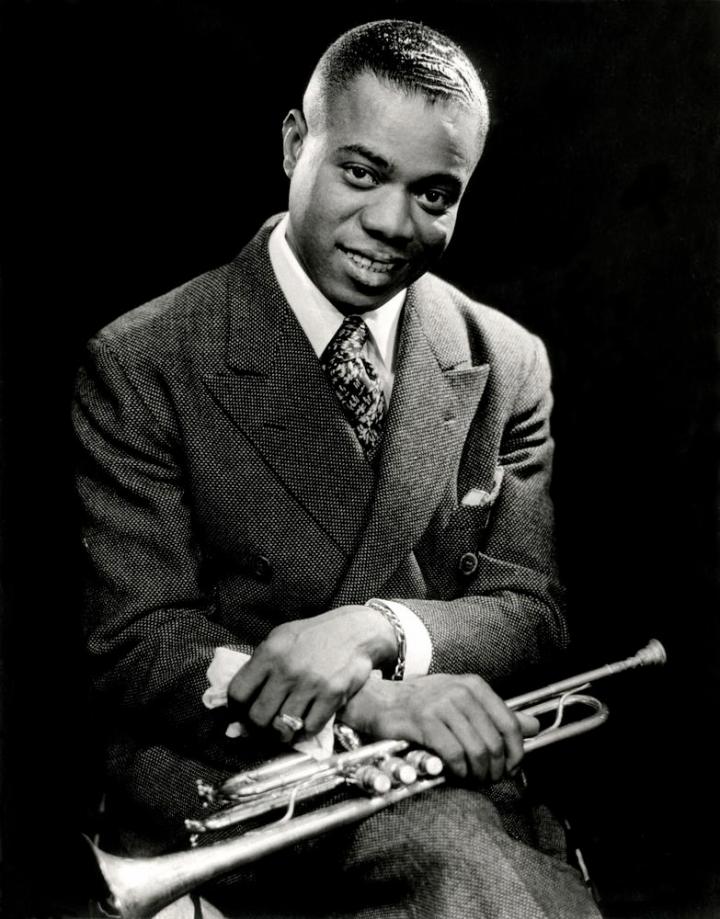The Timeless Appeal of 'Stardust' by Louis Armstrong
'Stardust' by Louis Armstrong is a classic 1930s song that has captivated audiences for decades. Originally composed by Hoagy Carmichael in 1927, this piece became a jazz standard, embodying the essence of jazz and big-band sounds that defined an era. Armstrong's rendition in the 1930s added a unique warmth and depth, making it one of the most beloved interpretations of the track.
Cultural and Historical Context
In the 1930s, jazz was a dominant force in the music world, and Louis Armstrong was at the forefront of this cultural movement. His version of 'Stardust' reflects the rich musical traditions of the time, blending soulful trumpet melodies with his distinctive vocal style. This song, with its melancholic yet hopeful undertones, resonated with audiences during a period marked by the Great Depression, offering a sense of solace and escape.
An Interesting Fact
One interesting fact about this song is that Armstrong's recording of 'Stardust' was inducted into the Grammy Hall of Fame in 1993, recognizing its enduring influence and significance in American music history. The track's timeless appeal continues to enchant listeners, showcasing Armstrong's profound impact on the jazz genre.
Cover Versions and Lasting Relevance
'Stardust' has seen numerous cover versions by artists across various genres, including Nat King Cole and Willie Nelson, each adding their own interpretation while honoring the song's origins. Its lasting relevance lies in its universal theme of love and longing, making it a perennial favorite for both performers and audiences. Today, the track's cultural impact is evident in its continued presence in films, commercials, and playlists, proving that Louis Armstrong's magic still resonates with new generations.













Comments (0)